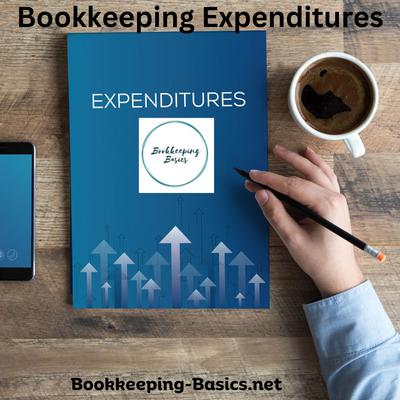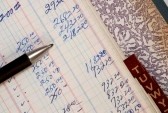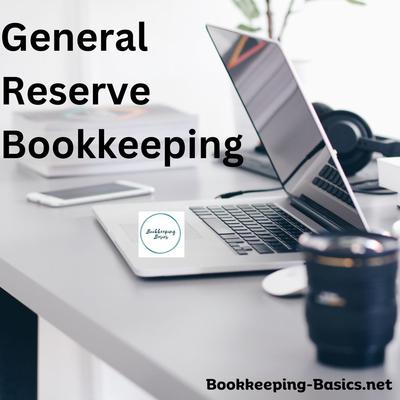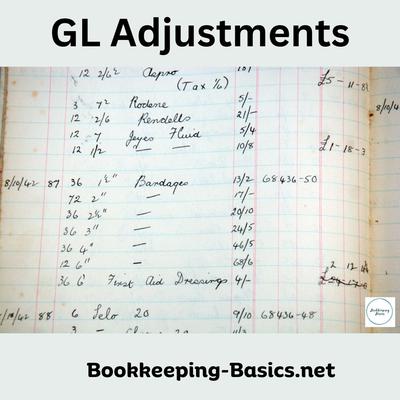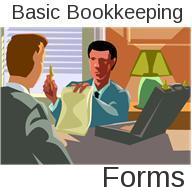- Home
- Questions and Answers
- GJE Adjustment
Business Personal Expenditures Ledger
by Warren
(Anderson, IN USA)
When an owner buys goods or services with their personal money with the intention of being re-paid later, how is this shown on a general ledger? In addition to the general ledger, are these shown on another ledger(s)?
Comments for Business Personal Expenditures Ledger
|
||
|
||
|
||
General Journal Bookkeeping Question
by Kim
(80601)
I have been asked to provide a general journal recording a month's worth of transactions. One of the transactions states there is a $300 cash shortage.
How do I report this in the general journal? I am thinking debiting Cash Shortage/Overage expense account and crediting the Cash account? Is this the correct thing to do?
Comments for General Journal Bookkeeping Question
|
||
|
||
General Ledger
by Jennifer
(Australia)
How is the general ledger used to inform others about the budget?
Comments for General Ledger
|
||
|
||
General Ledger Acct Misc Fees
by Nita
(Fresno, CA)
I posted BIT Fees (Biennial Inspection of Terminals) for commercial vehicles to the General Ledger Account - Misc Fees. Should I have posted to General Ledger Account - Tax and Licenses?? Also, when should I use the General Ledger Account - Misc Fees?
Comments for General Ledger Acct Misc Fees
|
||
|
||
General Ledger Adjustments
by
( )
How do I increase an income account on the income statement and decrease an Other Current Assets account on the balance sheet?
Comments for General Ledger Adjustments
|
||
|
||
General Ledger Posting
For the March period, balance sheet, income statement & trial balnce all balanced, Aged AR = AR GL account, & Aged Ap = AP GL account.
April: trial balance, balance sheet, & income statement balance. Aged AR is $26k > AR GL account, & Aged AP is $6k > AP GL account.
There are no journal entries for anything approaching those amounts for either AR or AP.
I found AR on-account amounts dated for April but posted to June, and vice versa.
Aged AP invoices = invoices not paid as of April 30th in the detail invoice report.
Where else can I look?
Comments for General Ledger Posting
|
||
|
||
General Reserve
by Sarah
(Ireland)
How do I prepare the Profit & Loss Account and Balance Sheet concerning the General Reserve Accounts? When incorporating the share capital in the Balance Sheet, should the full amount be entered, or should I subtract the Reserve and regular dividends first?
Comments for General Reserve
|
||
|
||
GJE Adjustment
1)I have to decrease my customer liability account by $25k due to double billing against same order.
What other account should this affect besides customer deposits when making the adjustment?
All projects shipped and revenue recognized!
2) Per above, I also need to credit only the financial side of last invoice issued to them with a small balance due. Please advise how this can be done without affecting the revenue as mentioned above.
Comments for GJE Adjustment
|
||
|
||
Please subscribe to my monthly newsletter, Bookkeeping Basics E-zine. It tells you every month about the new information that I have added, including some great tips and advice from myself and other Bookkeeping Basics readers.
Like Bookkeeping-Basics.net?
- Home
- Questions and Answers
- GJE Adjustment
